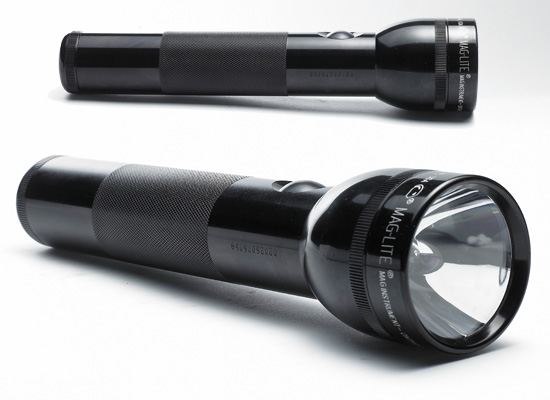Night Vision and the Seven Sisters
By The Rook
Moving about “in the shadows” often, though admittedly not always, means moving about in the dark. While simply utilizing a flashlight or other light source usually makes a great deal of sense when mucking about in the dark, it generally attracts unwanted attention to one who is trying to remain unseen. Night vision glasses are a marvelous tool, but not always accessible when needed, so it behooves the seeker to learn how best to make one’s way in the dark.
Many years ago, I was employed in a situation where I was expected to “close up shop” in a relatively large, dark network of rooms. Naturally, I was provided a flashlight but I must admit that I was not always diligent in using it. It was frequently either misplaced or stored in some inconvenient location. I was, at the time, taking classes in the local university which covered aspects of vision that enabled me to learn to maximize by ability to safely work my way through this network.
In order to explain this, I’ll begin with an example. You may be aware of the constellation Pleiades, also called the Seven Sisters. This is a fascinating star group that is visible in the Winter in the Northern Hemisphere (well, almost). The Pleaides have the marvelous distinction of being marginally visible to the naked eye. This “sort-of-kind-of” visibility manifests in an interesting manner. If you were to check online to see when and where the Pleaides were visible in your area, then went outside to look in the precise spot where they were predicted to be, you will probably not be able to see them. However, if you shifted your vision slightly to the side of the location where the Pleaides are located, you will actually see this constellation as a blurry form in your peripheral vision. It’s nearly irresistible at first to immediately stare directly at this blur to get a better look. Sure enough the Sisters vanish as soon as you do! It seems that this constellation is only visible to the naked eye if you catch it in your peripheral vision. One immediately wonders how this is so, and what on earth it has to do with a one’s ability to move around in the dark.
There are many kinds of cells in the retina. The two of primary concern to us, however, are the rods and cones, the two major receptive cells. These cells are responsible for transducing the information light carries into our eyes. In essence, the more of these receptors get stimulated, the more information our eyes receive.
Still with me? Hang in there, we’re almost to the practical stuff. Most of the information we get from light is collected by our cones. These are rather large receptors that are very good at collecting color information. The trade off for color sensitivity, however, is that cones aren’t terribly light sensitive. These receptors do not get stimulated very well when the light is low (which partially explains why it’s harder to see color in the dark). Since color provides us great information and since humans are largely diurnal creatures, this is usually a fair trade. Our retinas have evolved so that most of the light information focuses right in a small divot in the back of our eyes called the fovea, which is precisely where the vast majority of the cones are found. In short, the precise place where our vision usually focuses when we look at something directly has great color acuity and poor light sensitivity.
This means that our direct line of sight is probably the worst way to try to see in the dark.
Conversely, the rods are very light sensitive, but aren’t sensitive to color. As a result, these receptors typically collect in the areas around the fovea, or in the periphery. As such, our greatest light sensitivity (and best night vision) can be found in our peripheral vision. This is why the Pleaides are visible only in the peripheral vision (where the light-sensitive rods are) and not in the direct line of sight (where we use our cones).
By using our eyes in such a fashion where we optimize the use of the rods, we find that we significantly increase our ability to make out objects in the dark. Be warned, however. While rods are quite light sensitive, the way the rods are wired to other cells in the retina results in fairly low resolution when compared to our cones. We’ll be able to make out objects, but they’ll be somewhat fuzzy–much like the way we see the Pleaides.
We can do this by “scanning” our eyes back and forth rather rapidly back and forth across the area in which we are moving. This allows for more light to be collected on the periphery and results in greater stimulation of the rods. This requires a bit of practice, as some find this experience to be somewhat dizzying at first, and it takes a bit of time to build up trust in what you see in the periphery. Remember, there is a loss of acuity, so things may look somewhat blurry and unfamiliar at first. This relatively simple technique certainly does not allow someone to “see in the dark,” but rather takes advantage of low-light conditions. Given practice and time, you’ll likely be surprised by the results!
Note: This is a brief article I wrote some time ago for the Ninja Information Database. Since I retain all rights to my writings, I also reserve the right to repost it on my own blog.



